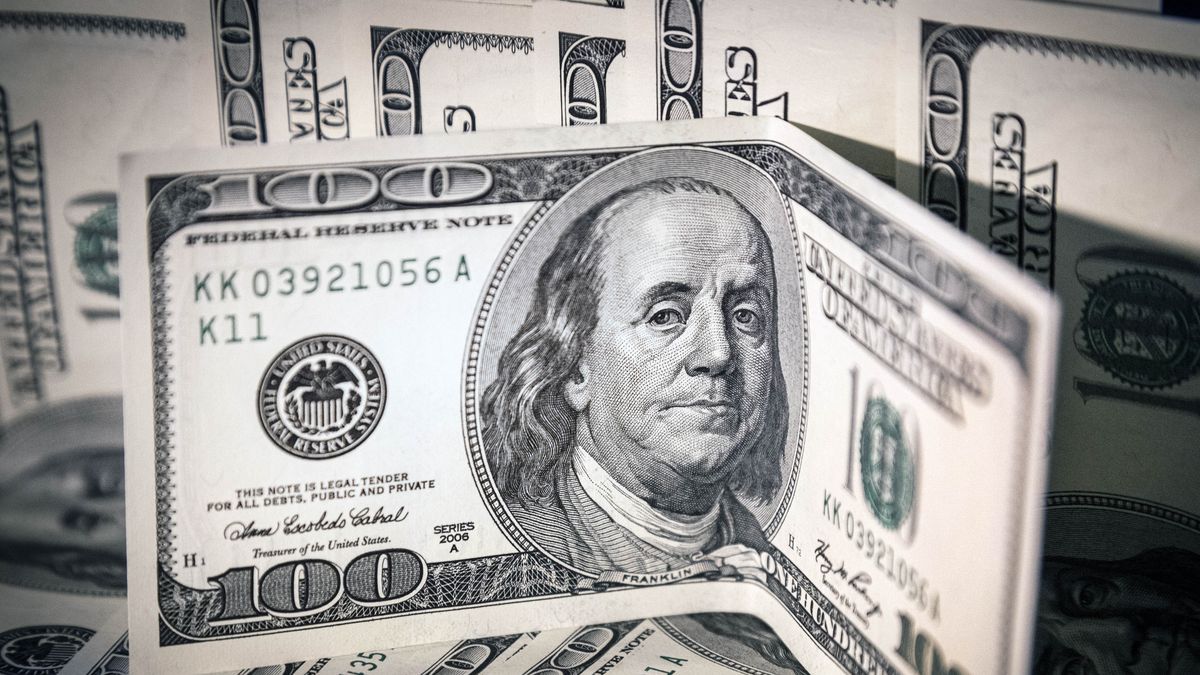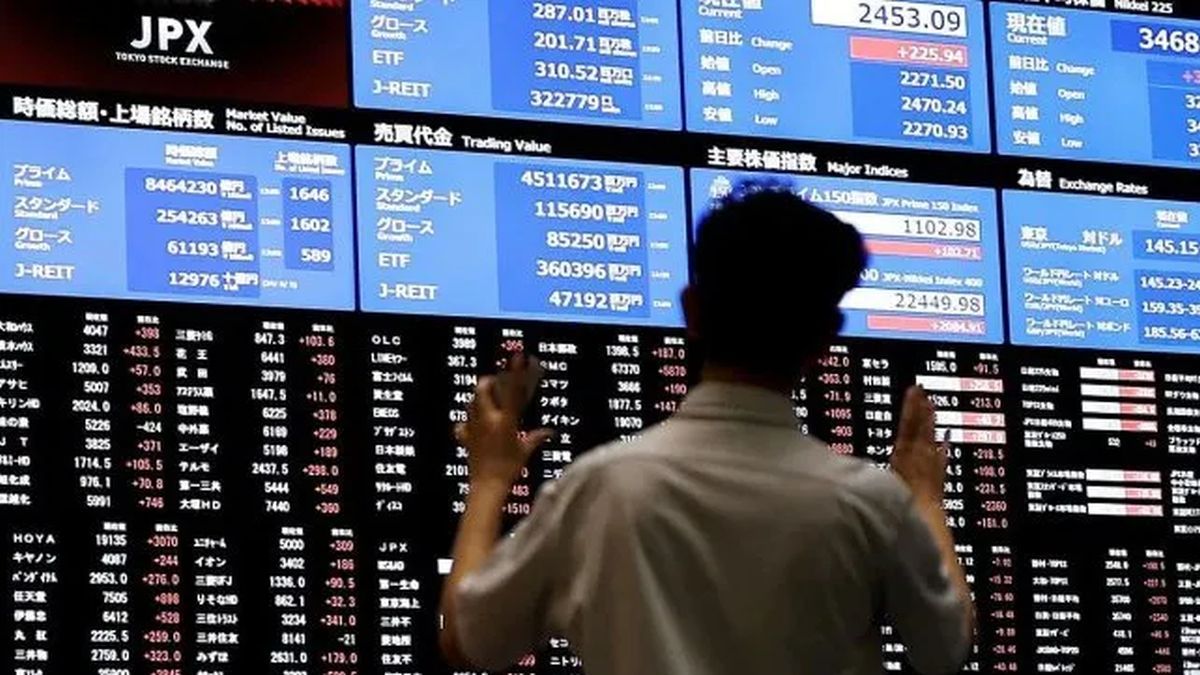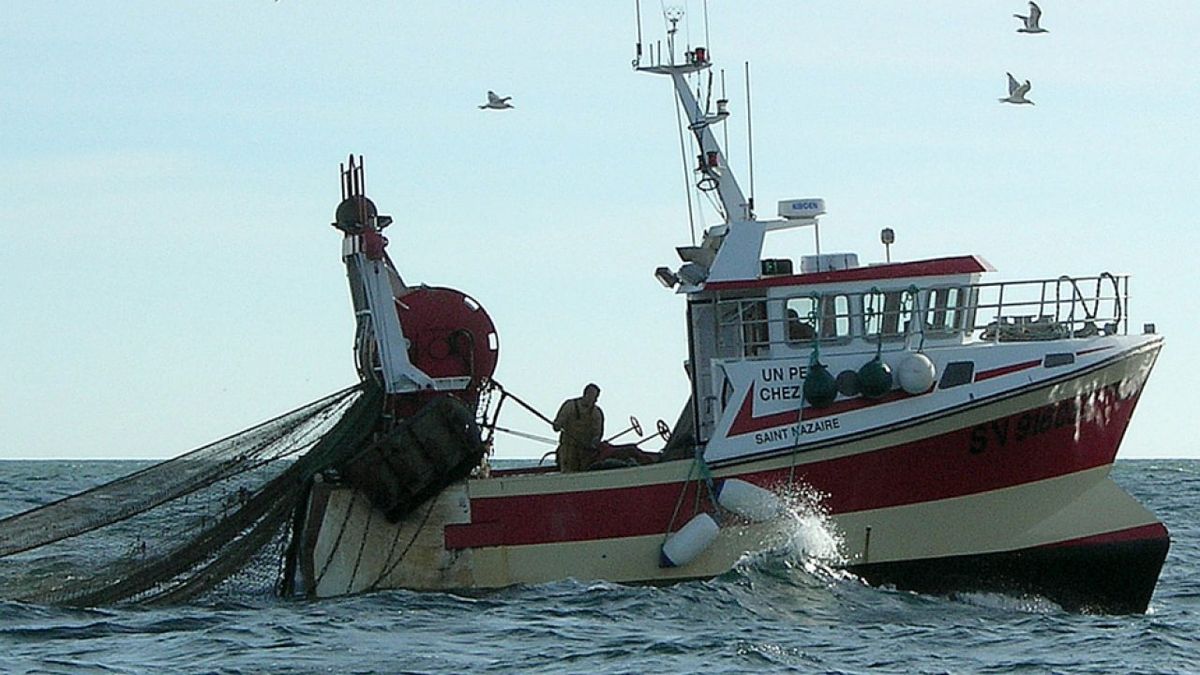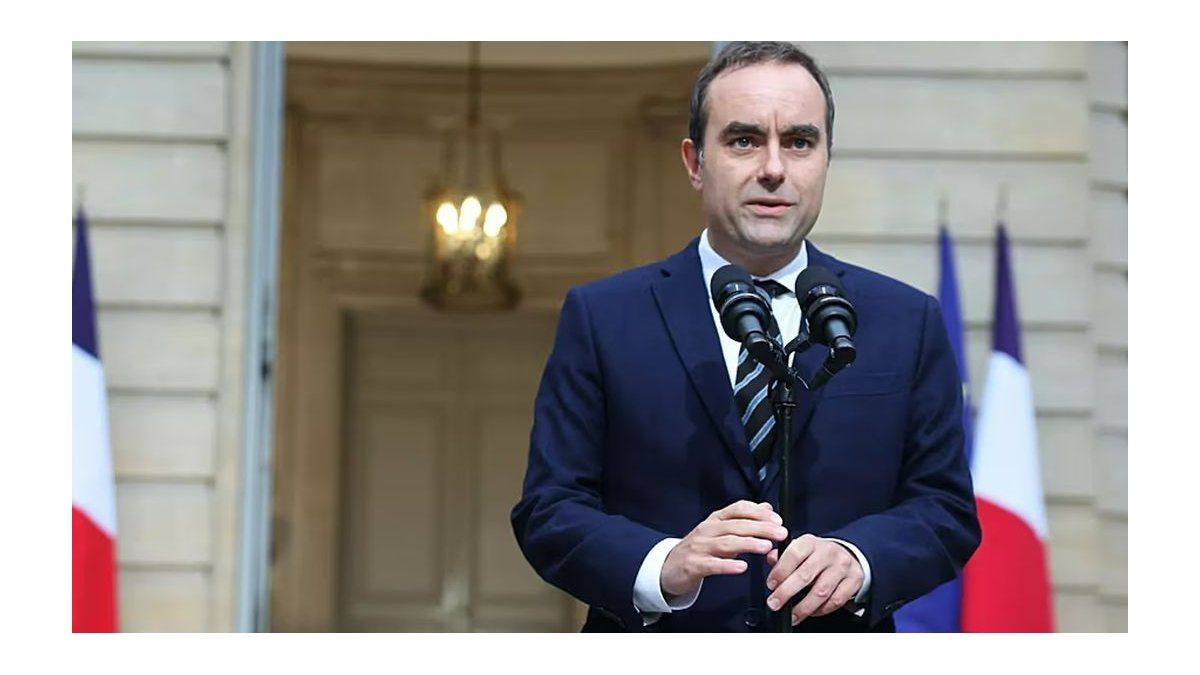. – It would be interesting to see how credit is in Argentina, for this we made a ranking, taking the placement of dollars and pesos of the banks in different categories, whether it is placed in the public or private sector or in the system.
The state takes all the funding
. – It is the sum of legal reserves plus financing, someone who reads the note may not agree, but the idea is to see where all the money that reaches the system goes.
The items that show the financing as you express them
. – They are expressed in pesos, but it is the sum of financing in pesos and dollars, the stock of dollars is taken at the official exchange rate.
The system is almost nationalized.
. – The State, between reserves and loans, takes 75.7% of the system’s deposits, and the private sector only 24.3%.
What is the loan to the private sector with the greatest weight?
. – Credit card financing, it is a short-term loan. Documented is next in importance, and further behind is the other category, which includes check cashing.
Is the weight of pledge and mortgage loans very low?
. – There is no long-term funding, 84% of fixed-term deposits are at 30 days. This implies that long-term credits are and will be non-existent. On the other hand, we must take into account that of the total deposits in the system, 57% are deposits in current accounts and savings accounts, while 43% are time deposits.
Clipboard01.jpg
Is the financial system at the service of the State?
. – Correct, reserve requirements in dollars are used to show higher reserves, reserve requirements in pesos are minimal and it is money at zero cost immobilized in the Central Bank. The leliq and passes are regularizers of the amount of money issued, pesos are absorbed by paying a sidereal interest rate of 69.5% per year, interest is not paid and is capitalized, therefore it is a snowball that grows at a rate exponential.
An example?
. – In the last 12 months, the stock of leliq and passes grew at a rate of 75.5% per year, and throughout 2021 the rate was 37%, beginning to rise as of January 2022.
With the current rates will we have a very important rise?
. – Correct, by raising the interest rate, the government is shooting itself in the foot.
Can you explain it to me better?
. – In any country in the world, raising the interest rate implies two things. In the first place, savers will have a greater preference for saving and less for consumption, this tempers inflationary expectations. On the other hand, if the interest rate rises, the economic agents will stop borrowing and will try to finance themselves with their own capital, for example, liquidating stock.
What happens in Argentina?
. – When they raise the interest rate like now, 69.5% per year is not very attractive for savers, no one will sell dollars to get a rate when they know that in the following months inflation may continue to increase. For example, for September we are projecting inflation for the last 12 months of around 80% per year, and for the future of 100% per year. If they continue to raise the rate timidly, no one will exchange dollars for pesos. On the other hand, loans to the private sector add up to 10.6% of GDP, therefore, the effect of the rate hike on the economy as a whole is very low.
What happens with loans to the State?
. – Of the total financing in Argentina, 6.5 billion are loans to the State at a rate of 69.5% per year for leliqs and 64.5% for passes. Loans to the private sector are 6.3 trillion, this implies that the most affected by the rate hike is the State
They shoot themselves in the foot
. – Correct, any rate hike in Argentina affects the public sector more than the private sector.
Can the public sector pay the leliq interest plus passes?
. – As of June 2022, the fiscal deficit of the public sector taking the last 12 months was $2.8 trillion, while the interest payment of the leliq plus passes amounted to $1.6 trillion in 12 months. With the new progression of rates, we believe that soon the payment of interest on leliq and passes will be higher than the fiscal deficit, therefore, this debt is unpayable, and at some point we will have to liquefy this debt.
How is it blended?
. – Devaluing, what you cannot pay at some point you have to liquefy with a devaluation.
conclusion
. – The gross reserves of the government are located at US$ 37,014 million, we do not have in sight a strong immediate income of dollars, rather it is money that enters and leaves, recirculates. The IMF gives us money to pay its debt. Exports bring us dollars that go with imports of goods and services, dollars also come out to pay debt and interest. Nothing is left over, this implies that reserves could remain scarce.
. – The government cannot achieve a fiscal surplus, with which it is condemned to issue or finance itself with the market, this fuels the recession more, either due to the lack of credit to the private sector, or higher inflation that takes away purchasing power from the salary .
. – The Central Bank has a very high debt in Leliq and passes, which it capitalizes every month, this implies that this debt could double in one year, this would imply a debt of 13.0 billion pesos. If we add a monetary base that grows at a similar rate, we would have 8.0 trillion pesos. This would imply monetary liabilities of 21.0 trillion. If reserves remain at current levels, the equilibrium dollar would stand at $568 a year ahead.
. – The problem is not we who inform, the problem is that both the Treasury and the Central Bank generate deficits that they cannot finance. Nor do they seek structural change in order to have a surplus.
. – Technically we are not in a recession, but beware that in the coming quarters we could begin to show negative results. For the third quarter of 2022, an improvement of 3.4% of GDP is expected, for the fourth quarter of 2022 we fall 1.1%, while for the first quarter of 2023 a drop of 3.2 is projected %, this implies that we will enter the electoral campaign of the 2023 elections in recession.
. – We must bear in mind that we are entering a year of drought, the harvests will not be very good, there will be a lack of wheat and corn, which are products that we consume, and we will have leftover soybeans that we do not consume. This implies that prices could grow more than expected, which is why our inflation projections one year ahead are in triple digits.
.- There is no way to avoid a significant devaluation of the peso in the medium term, we have a fiscal and quasi-fiscal deficit, there is no investment, imports are closed, and exports will be low, investment says absent and consumption is low with wages that They arrive in a fortnight. It is best to bet on assets, if you are not sure what assets to buy, put together a mix of fixed term adjusted for inflation and dollar.
Source: Ambito
David William is a talented author who has made a name for himself in the world of writing. He is a professional author who writes on a wide range of topics, from general interest to opinion news. David is currently working as a writer at 24 hours worlds where he brings his unique perspective and in-depth research to his articles, making them both informative and engaging.




